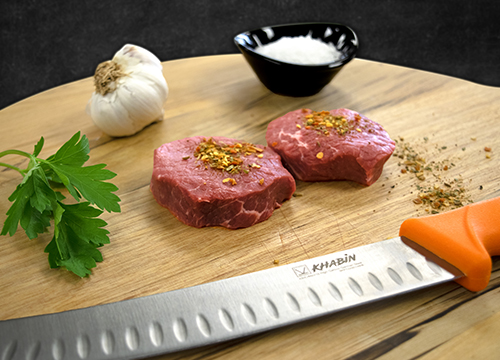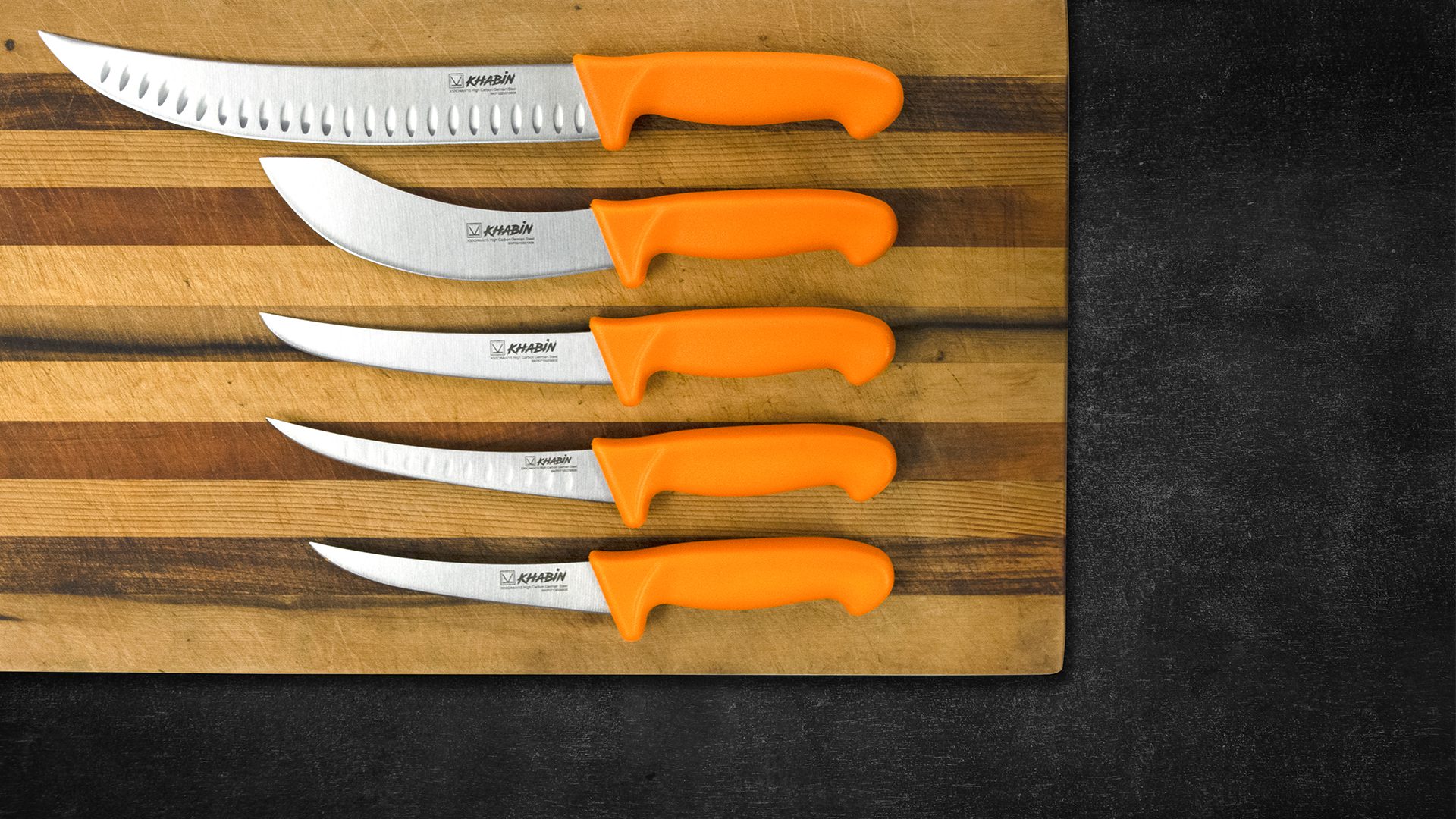It’s not too much of a stretch to say that without knives, we wouldn’t be where we are today. Since the earliest human history, our survival has depended heavily on the development of hand-tools. The first of these – a piece of flint with a blade-like edge – appeared some 2.58 million years ago and proved to be one of the most important. With this proto-knife, early humans were able to easily chop into the food they had hunted or fished, to cut away inedible parts and to share out the bounty among tribal members.
Over time, more sophisticated blades were developed through heating and manipulating rock, giving these early humans a tool they could use to more skilfully cut food, but also to help build shelters and defend themselves from attack. The result? Humans now had better diets and improved security – and more free time for further hunting, the development of agriculture and, just as importantly, socialising.

In other words, without a tool as simple as a knife, the paths that eventually led to civilised societies may not have been laid – and there may never have been an ‘us’. Of course, the knife has drastically evolved, its design jumping way ahead after the advent of single-edged metal knives about 4000 years ago. Down through the ages, the knife has lost none of its importance, being used throughout the world by billions of people every day, as well as by professionals suchas chefs and butchers.
That evolution has led to the development of today’s lightweight, efficient and accurate kitchen knives. Khabin Knives are a perfect example, benefiting from expertly honed, German, high-carbon, stainless-steel blades that make any job easy, from slicing and dicing in a fast-paced kitchen to the more precise nature of modern butchery. Both the Chef and Butcher collections have been designed with distinctive, ergonomic, orange Santoprene handles for non-slip grip and safe handling, while the blades are as reliably strong and sharp as you could possibly want them to be. All of which makes them the ideal knives for the job – thanks to a design that’s been almost 2.6 million years in the making.











